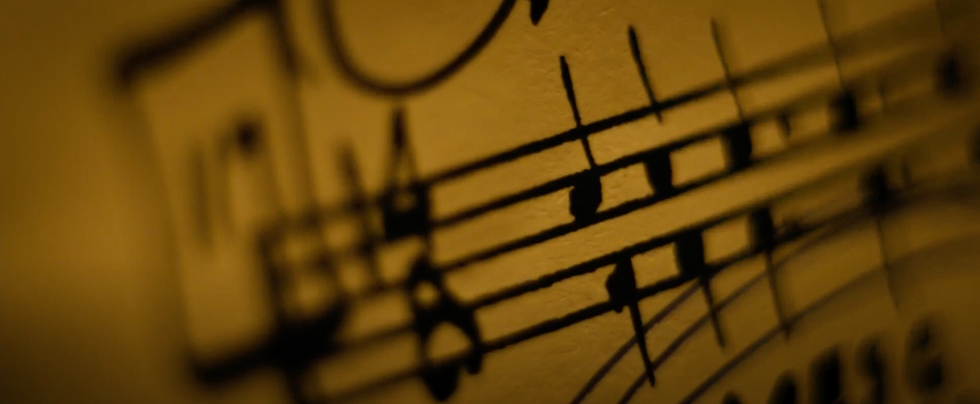
If there’s one thing cinephiles can agree to love in the world, it’s a good video essay exploring the fundamental art of filmmaking. What better subject then than Damien Chazelle’s anxiety-inducing cinematic hit Whiplash?
Plenty, sure. But Chazelle’s mainstream breakthrough feature is a cut above the rest for a well-crafted movie more than worthy deeper video analysis.
While Chazelle has directed much larger, far more ambitious projects since then, it’s really his first feature that put him on the map as an aspiring filmmaker that can maximize a limited budget with a strong, yet simple, story.
In this latest video essay from the masterful Jacob T. Swinney, we get a window into how Chazelle uses the extreme close-up to create style and rhythm in Whiplash—and continues implementing it throughout his filmography.
Let’s check it out and explore how you can learn from this masterclass on executing the extreme close-up in your film.
What is an Extreme Close-Up?
As we’ve covered before in our full breakdown of this important shot type, an extreme close-up is an even tighter version of the close-up shot that often focuses on one single element of a subject. Sometimes, that’s an extreme close-up shot of a face, or more often, a single element of a person’s face like the mouth or eyes.
More often, though, extreme close-ups are used to show inanimate subjects like an important trinket (i.e. the Ring in The Lord of the Rings) or, in these examples, a splash cymbal on our protagonist’s drum set in Whiplash.
Watch Swinney’s video essay below to see how the extreme close-up is meant to be shot and how it looks in the film’s finished presentation.
How to Shoot an Extreme Close Up

While this video essay is more about the tone and rhythm that comes from the extreme close-up, there’s obviously a lot that goes into lighting, lens selection, and framing up the shot. We’ve covered this in more detail in the past, but the art of shooting an extreme close-up is mostly all in the focus and framing.
As you might expect, extreme close-ups are sometimes difficult to pull off due to the tight nature of the shot. If you’re shooting a face in motion, for example, it can be tricky to keep the right elements in the frame and in focus if you have both your subject and camera moving around or unstable.
A good extreme close-up is typically shot with a stationary camera (preferably on sticks) and subject, and usually only lasts a few seconds. Because it’s so tight, extreme close-ups are usually shot on long lenses with a shallow depth of field. This can present their own challenges, but help to better isolate the subject as the focus of the shot.
What Else to Learn About Extreme Close-Ups
If you’d like to learn more about how to shoot and edit extreme close-ups in your own films and projects, we have a ton of resources to share with you that can help you master this important shot type. In particular, a good place to start is our mega-article on all of the camera shots and angles that you need to know for film and video.
From there, the art of the close-up, and the extreme close-up, can be mastered with these articles on this particular shot type. Just remember, no rushing… Or dragging.
Author: Jourdan Aldredge
This article comes from No Film School and can be read on the original site.
